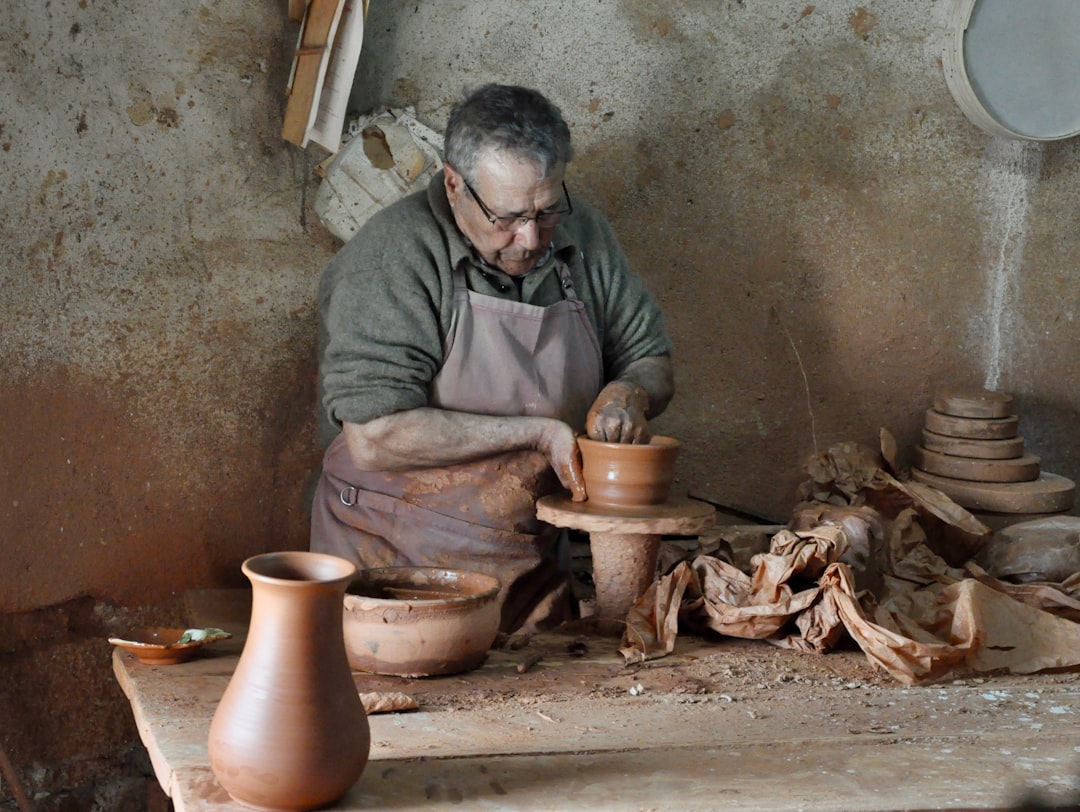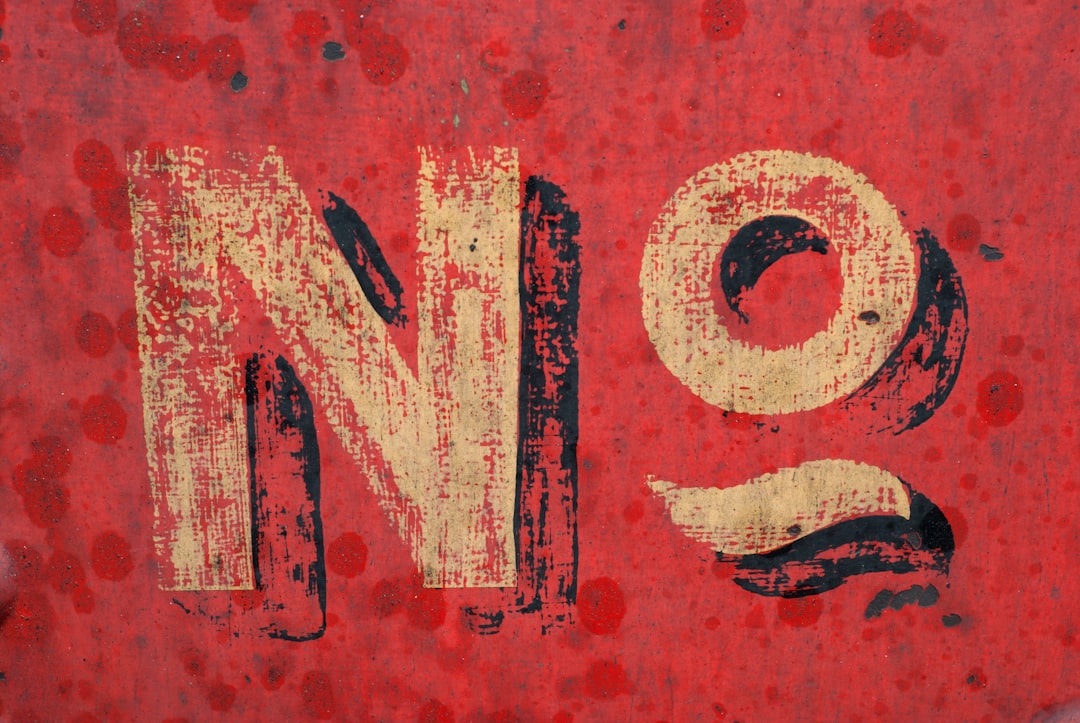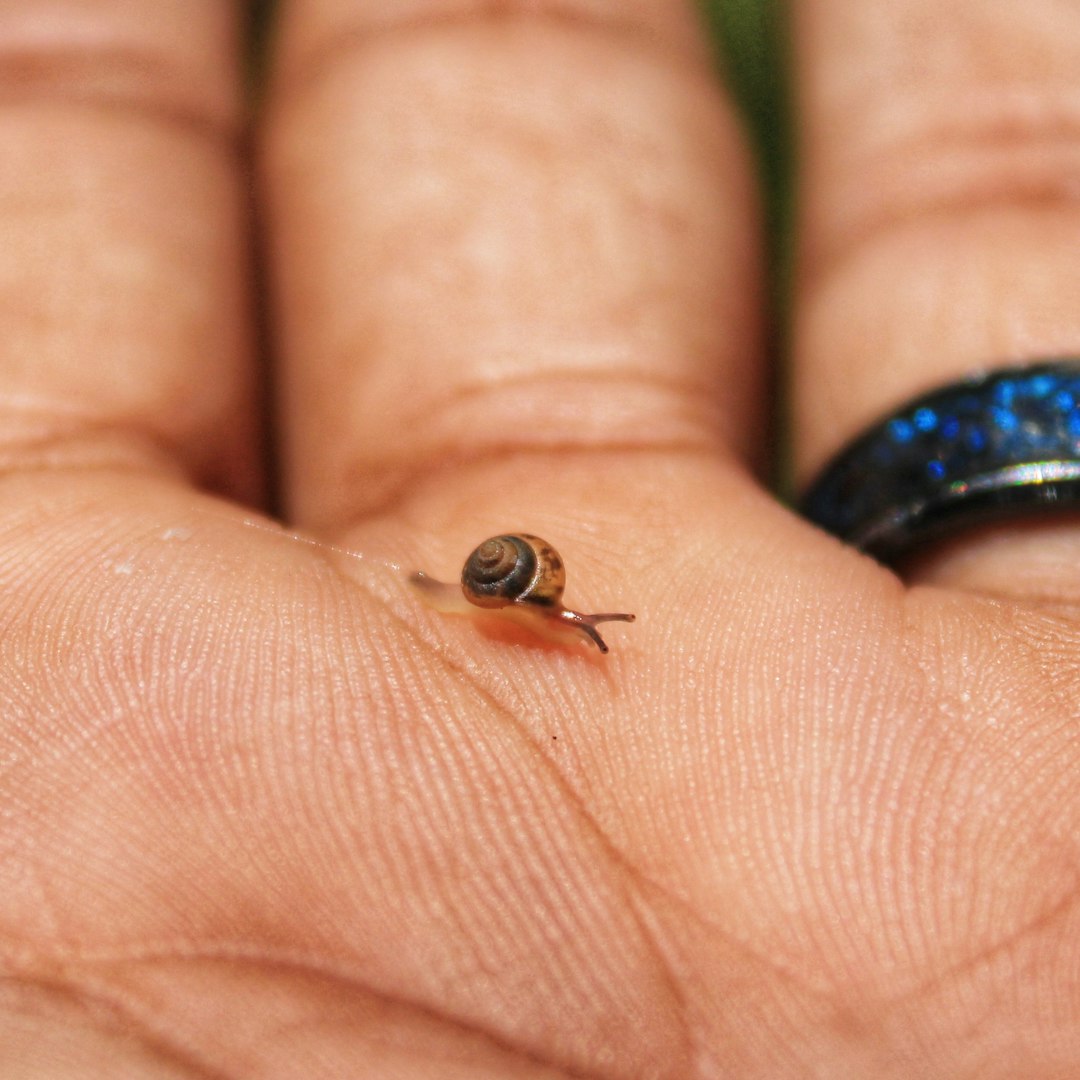Go Make Things; inlang; “No” Clubs; chota
I received a very kind note from a reader/supporter who noted an appreciation for the JS/CSS/HTML/webdev content that makes a regular appearance on the Drop. So, today we will, again, focus squarely (you’ll cringe at my use of that word in a second) on building/creating things.
Go Make Things

The Verge had an interesting interview with Anthony Casalena, CEO of Squarespace. Squarespace recently acquired Google’s domain registration business, and went public back in 2021.
In the interview’s introduction, Nilay Patel, The Verge’s editor-in-chief, tossed out what I believe to be a pretty cool observation:
If you’re a Vergecast listener, you know I’ve been saying it feels a lot like 2011 out there. The big platforms like Facebook and TikTok are very focused on entertainment content. Twitter is going through… let’s call them changes. People are trying out new platforms like Instagram Threads and rethinking their relationships with old standbys like Reddit. And the introduction of AI means that search engines like Google, which was really the last great source of traffic for web pages, just don’t seem that reliable anymore as it begins to answer more questions directly. It’s uncertain and exciting: a lot of things we took for granted just a couple of years ago are up for grabs, and I think that might be a good thing.
Casalena did what any “good” CEO of a public company would do, focus his answers around “the business”.
I’d like y’all to read the whole interview (it’s a quick read), as he has some insights that are not full of the stench of late-stage capitalism. The TL;DR for his “use Squarespace” pitch that is most certainly at the heart of the interview is that he sees the current changes on the web as an opportunity for entrepreneurs to build businesses. Squarespace helps customers make websites and transact online, providing tools beyond just website creation. While social media platforms are still good for marketing, Casalena notes that having an authoritative website presence is still important. He believes AI tools will augment rather than replace human creativity, and that Squarespace’s core business of helping people build websites will remain relevant. (So, he got the obligatory “AI” mention in there for his next investor call, too.)
With the “entrepreneur” 💩 out of the way, let me digress and take this as another opportunity to reinforce a recurring theme in the Drop.
I purport that Twitter, Facebook, Instagram, and, now, even platforms like Medium and Substack have — or at least “had” — made the vast majority of us (I mean, I’m on Substack, so I have to toss myself in there) complacent/lazy when it comes to owning who we are on the internet. Marketers and wannabe influencers would call this our “personal brand” (ugh), but I think it really comes down to owning our voice and our stories. Twitter, Facebook, Instagram (and others) specifically have also had the effect of causing many of us to just drop “content” and spend time on those platforms, which distracts us from actual creation. It’s just too easy to “tweet, post, and share” rather than ponder, design, and build. And, Threads / Bluesky are just more of the same.
Thankfully, Twitter’s pseudo-collapse (it still has hundreds of millions of daily active users despite bleeding cash and being mostly a tool for grifters, hate groups, and Musk sycophants) has forced many of us to reconsider how much we rely on any single/given platform, versus owning our own website, email list, RSS feed, podcast, etc. So, one message Caselana and I have in common is the charge for folks to go make/build things.
So, along with any other inspiration The Verge’s interview piece may have provided, I’d like to challenge folks to not rely on a platform — which includes GitHub and its free bits like GitHub Pages — to own your voice/story. Go get your own domain(s), if you don’t already have one. Go make your own things. Build your own website. Write your own blog. Record your own podcast. Invest time in your communities. Take back ownership your own thoughts, ideas, and creations.
Thanks to the unforeseen wave that knocked down all the castles that turned out to be made of sand vs. stone, we have a rare opportunity to change our relationships with “the internet”. Let’s not waste it.
inlang

If we’re going “build things” it seems like it’d be a good idea to ensure as many folks as possible can engage with/consume said things. The folks at inlang (GH) do as well. At its core, inlang is “localization infrastructure” that aims to make the process of software/content localization simple and efficient. It consists of multiple applications that can be used individually or with each other.
One is an editor which helps manage translations in a Git repository, enabling Git workflows like pull requests, without the need for hosting, sync pipelines, or extra accounts. Another is an IDE extension. This is how I came across it (found it whilst poking around for new VS Code extensions). Their CLI tools also help automate localization via CI/CD by validating translations.
Despite it being heavily front-end focused, the editor supports very common JSON translation file formats. And, thankfully, there are helper utilities out there, like i18n-json-po which can convert JSON to good ol’ gettext/POT. So, I’ll be giving this a go in some existing and new projects.
“No” Clubs

Given the fresh slate we have (ref. first Drop section), why not also take the opportunity to really re-think how we make things.
I mean, do truly need JavaScript? The No-JS Club certainly thinks we can get along just fine without it.
And, is it truly necessary to shunt megabytes of CSS to the browsers of folks who come across our work? The No-CSS Club sure thinks not.
Finally, haven’t we all had enough HTML for one lifetime? The fairly exclusive No-HTML Club definitely shows we can do without all the sharp, pointy >< edges.
(Take some time to look at the sites in the listings of the first two “clubs” as it is quite remarkable what can be done with less.)
chota

I felt compelled to provide one more practical resource, given the opining I did in the first section.
chota (GH) is a lovely, tiny, new-ish CSS framework that:
⚡️ is super light-weight. Just ~3kb (minified + gzipped).
⛔️ requires no preprocessor, just plug-n-play
📐 sports a “magical” 12 column grid
🌈 is easy to extend with CSS variables
🎲 comes with a handful of components & utilities
✅ has good Semantics
🤡 supports icons from Icongram
(That list is just about 100% stolen from the GH repo, apart from the insertion of a few verbs.)
As folks know by now, I’m not a fan of behemoths like Tailwind. Whilst relying on a nascent framework has other potential downsides, chota is organized very well and is MIT licensed, so it’s somewhat risk-free. And, we’re all going to be creating/building tons more in the brave, new online world of ours, right? So, why not take chota for a test drive in your next human-facing creation?
FIN
Slackware turned 30 this week! For folks who don’t know what that is, Slackware was the first Linux distribution I (and many others) ever installed and interacted with. I, er, “fondly” remember inserting and removing ~12? floppy disks into a “super powerful” x86 system and eventually being greeted with a login prompt that kind of changed everything for me. I fully remember the Slackware Linux 1.00 release announcement, and it’s wonderful to see it is still going strong 3 decades later. ☮
Leave a comment